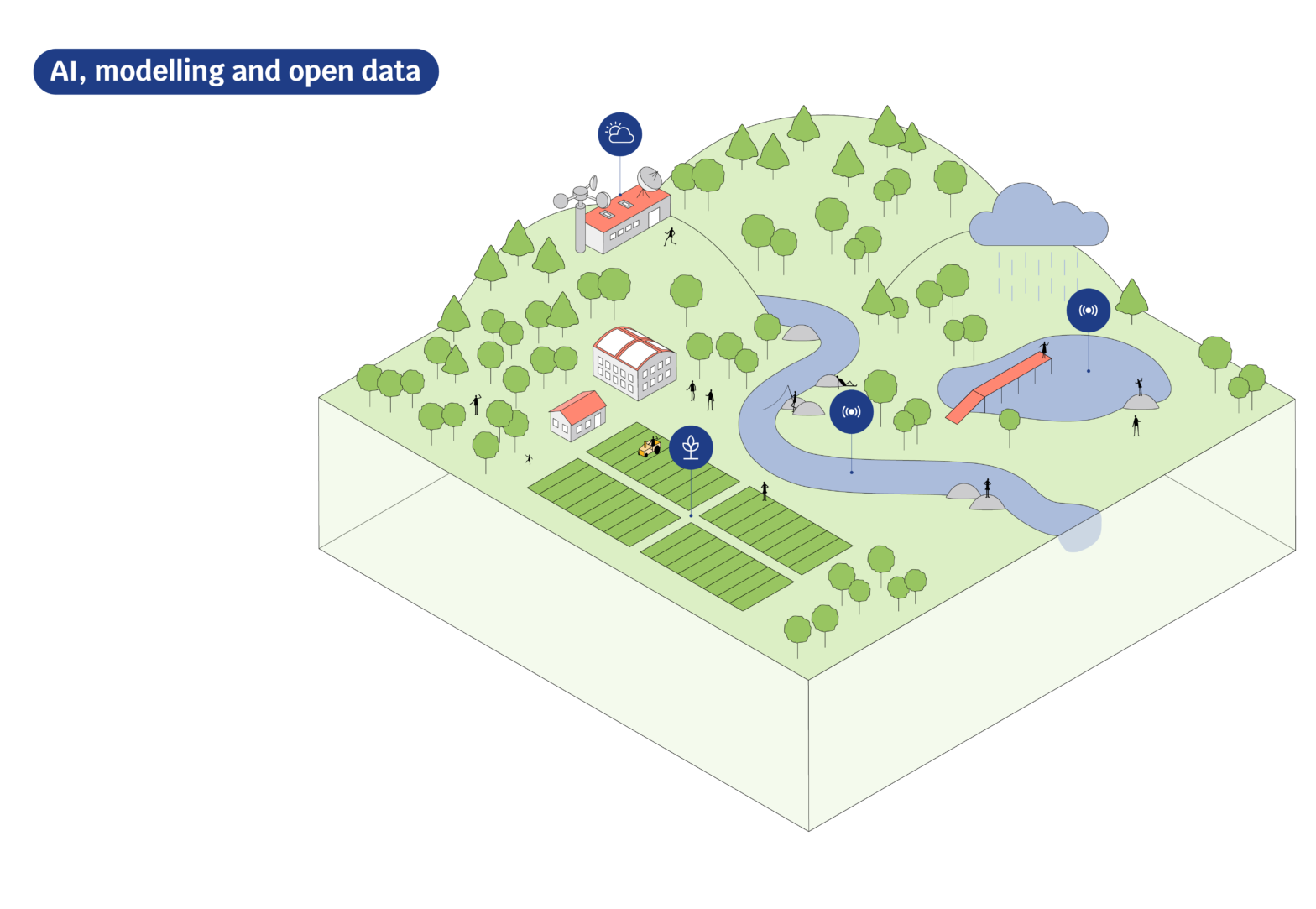In the fiercely competitive utilities market, a good communications network can mean the difference between a satisfied customer and a lost one. Scottish Power’s Energy Networks division is charged with ensuring a good supply of electricity to over 3 million customers located across a huge swathe of northern Britain. Its comms network has to ensure that engineers can find and resolve faults across its 115,000 kilometres of power lines.
One of Energy Networks’ key functions is to provide and maintain operational communications around the electricity network. The network supporting this must be highly resilient to ensure that even if the power lines are down, communication is still possible. The substations are at the heart of this, constantly monitoring electricity transmissions, reporting any faults, and acting as contact points for the engineers.
The communications network is absolutely critical: “If the system doesn’t work, the lights, literally, will go out,” says Rutherford. Resolving issues is absolutely time-critical, and downtime damages customer loyalty and can result in fines from the regulator.
Moving to an IP-based voice and data network has helped Scottish Power deliver a more responsive service to its customers. As part of the network upgrade, Scottish Power has rolled out more than 500 IP phones, which can be used by its engineers at over 130 of its substations. The phones ensure that controllers can contact engineers more easily, irrespective of the field worker’s location, and ensuring engineers can get to a trouble spot faster.
The old communications network had been nearing its end-of-life, says Richard Rutherford, senior systems engineer for Energy Networks. “We reached a point where it was more cost-effective and less risky for us to replace that asset.”
The decision to upgrade to Cisco’s Unified Communications System was still subject to intense debate internally, Rutherford says. The Cisco system wasn’t the cheapest, “but in terms of the functionality and features it offered and the support behind it, it was the best solution for us,” he adds.
Its existing telephony network had some specific features – such as the ability to intrude into an existing call in an emergency – which had to be replicated in any new system. In fact, the Cisco upgrade also enables it to introduce new features, such as developing intelligent substations capable of automating monitoring and control of devices.
However, by upgrading to a core IP network – which required new fibre optic cable to be laid – Energy Networks has been able to reduce the number of high-cost leased lines it rents. The savings that move generated covered the initial implementation costs.
The new system is now helping Scottish Power to drive operational costs down while driving customer satisfaction up, concludes Rutherford.










